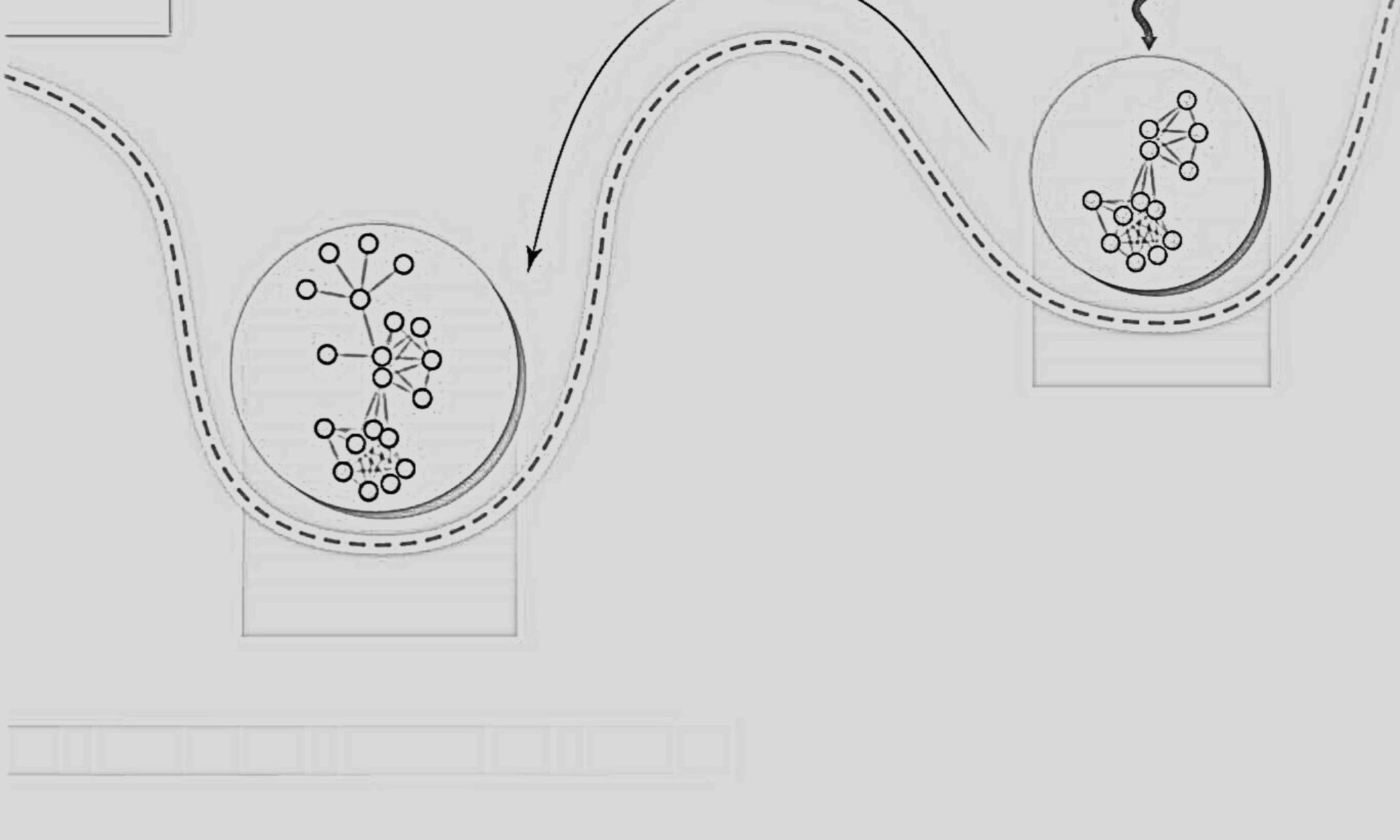by Helen Hill for CBIOMES
CBIOMES investigator Joe Vallino leverages the principle of maximum entropy production (MEP) to understand microbial biogeochemistry in a Falmouth, MA pond.
Determining how microbial communities organize and function at the ecosystem level is essential to understanding and predicting how they will respond to environmental change. Mathematical models can be used to describe these communities, but properly representing all the biological interactions in extremely diverse natural microbial ecosystems in a mathematical model is challenging.
In a new paper published in the journal Frontiers in Environmental Science, CBIOMES investigator Joe Vallino (MBL), working with Julie Huber (WHOI), examine a complementary approach based on the maximum entropy production (MEP) principle, which proposes that systems with many degrees of freedom will likely organize to maximize the rate of free energy dissipation.
In their study, the pair develop an MEP model to describe biogeochemistry observed in Siders Pond, a phosphate-limited meromictic system located in Falmouth, MA that exhibits steep chemical gradients due to density-driven stratification that supports anaerobic photosynthesis as well as microbial communities that catalyze redox cycles involving O, N, S, Fe, and Mn. The MEP model uses a metabolic network to represent microbial redox reactions, where biomass allocation and reaction rates are determined by solving an optimization problem that maximizes entropy production over time, and a 1D vertical profile constrained by an advection-dispersion-reaction model.
The study introduces a new approach to modeling phototrophy and explicitly represents oxygenic photoautotrophs, photoheterotrophs, and anoxygenic photoautotrophs. The metabolic network they develop also includes reactions for aerobic organoheterotrophic bacteria, sulfate-reducing bacteria, sulfide-oxidizing bacteria, and aerobic and anaerobic grazers.
The pair compared model results to observations of biogeochemical constituents collected over a 24 hour period at eight depths at a single 15 m deep station in Siders Pond. Maximizing entropy production over long (3 day) intervals produced results more similar to field observations than short (0.25 day) interval optimizations, supporting the importance of temporal strategies for maximizing entropy production over time. Furthermore, Vallino and Huber found that entropy production must be maximized locally instead of globally where energy potentials are degraded quickly by abiotic processes, such as light absorption by water.
The authors conclude this combination of field observations and modeling results indicate that natural microbial systems can be modeled by using the maximum entropy production principle applied over time and space using many fewer parameters than conventional models.
To find out more about this work contact: Joe
Publication:
Vallino, J.J., and Huber, J.A. (2018), Using maximum entropy production to describe microbial biogeochemistry over time and space in a meromictic pond, Frontiers in Environmental Science 6, 100, 22pp., doi: 10.3389/fenvs.2018.00100
Get the PDF [Requires login]


